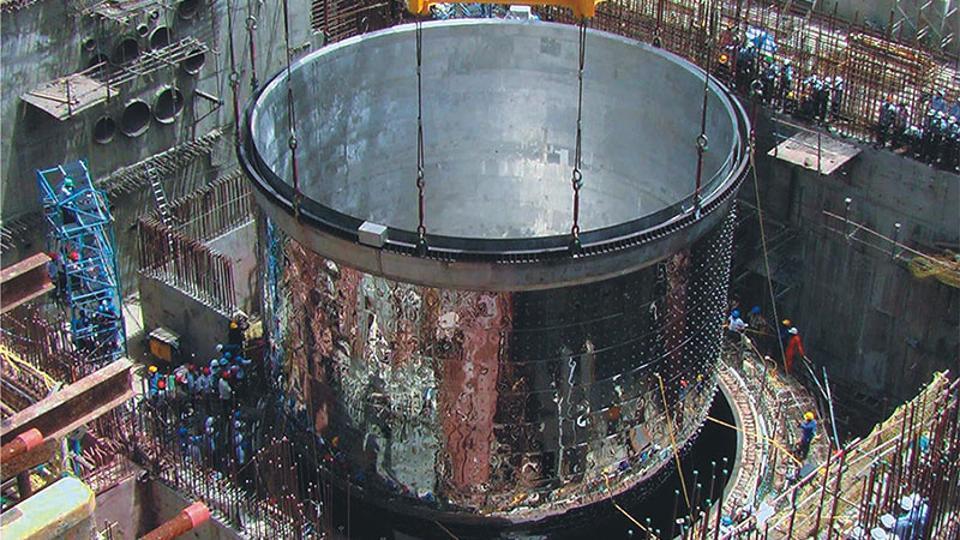SOURCE: AFI

India’s ambitious nuclear energy program is on the cusp of a significant milestone. The Department of Atomic Energy (DAE) is poised to commission its first 500MW Prototype Fast Breeder Reactor (PFBR) near Chennai. This reactor is a crucial component of India’s closed-fuel cycle nuclear program, designed to maximize the utilization of nuclear fuel.
The PFBR will initially use a Uranium-Plutonium Mixed Oxide (MOX) fuel. The surrounding “blanket” of Uranium-238 will undergo nuclear transmutation to produce more fuel, hence the term “breeder.” The future plan involves using Thorium-232 as a blanket, which, through transmutation, will create fissile Uranium-233. This process is essential for India’s third-stage nuclear program, which aims to fully harness the country’s abundant thorium reserves.
In terms of safety, the PFBR is an advanced third-generation reactor equipped with inherent passive safety features. These features ensure a prompt and safe shutdown of the plant in case of an emergency. Additionally, by using spent fuel from the first stage, the PFBR significantly reduces nuclear waste generation, mitigating the need for large geological disposal facilities.
Beyond the PFBR, India’s nuclear energy program is also making strides with the recent commissioning of new nuclear power units in Gujarat and Rajasthan. Moreover, a new fuel complex has been established in Kota to support the growing demands of the nuclear power sector. These developments underscore India’s commitment to expanding its nuclear energy capabilities and meeting its energy needs in a sustainable and environmentally friendly manner.